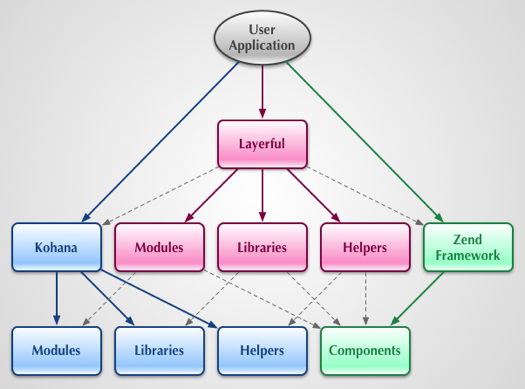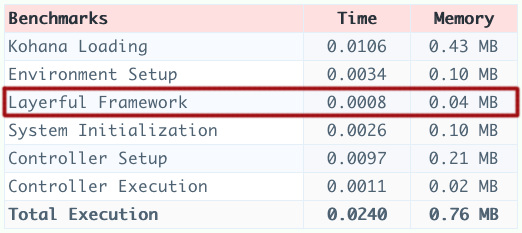Ruby on Rails, Passenger (ModRails) vs CodeIgniter and Kohana
Disclaimer: This is a very simple, ‘Hello World’ benchmark which has no impact to any real world applications. A more thorough benchmark test (by building two real world applications) is planned. :)
Disclaimer 2:I apologise for posting such a useless benchmark (I certainly didn’t expect it to hit the DZone front page), but I think most of you missed the point. I merely posted this as a result of surprise (to me anyway). At a later stage I will conduct a much more meaningful comparison between some of the frameworks. Until then, please ignore this post. :)
Last few days I have been playing with Ruby and Rails, again.
Today, when someone was asking on a forum about the efficiency of web frameworks, I thought I’d give the few frameworks I work with some more benchmark testing.
So I went ahead and benchmarked CodeIgniter, Kohana and Rails, using a simple ‘Hello World!’ page. Now before I post any benchmark results, you should know that I have previously done a benchmark test on CodeIgniter, Kohana and CakePHP. CodeIgniter and Kohana shared similar results.


